The tibialis anterior tendon runs down the front of the shin bone, down the front of the ankle, and attaches to the inner side of the midfoot (into the first metatarsal and medial cuneiform). It works to help point the foot upwards and inwards. Tibialis anterior tendinopathy (or tendonitis) describes damage or irritation to the tibialis anterior tendon that results in painful symptoms at the tendon.
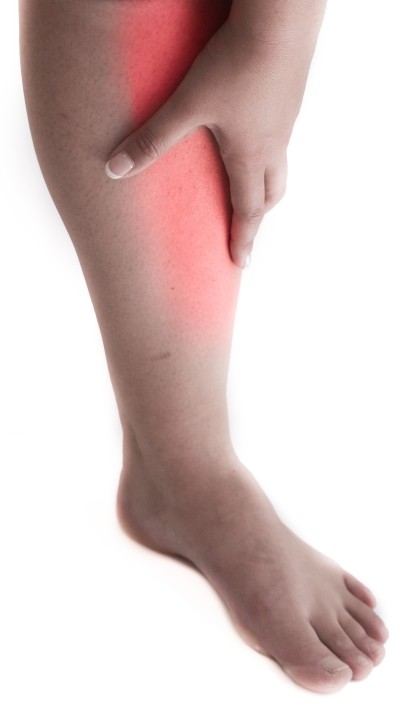
Tibialis anterior tendinopathy is generally an overuse syndrome. When repetitive strain from strenuous activity is placed on the tendon past the point that it can safely handle, micro-tears and damage occur. This causes the onset of painful symptoms. Overuse may result from:
Footwear that is too tight and compresses the tendon, causing friction and damage, can also result in tibialis anterior tendinopathy.
Symptoms can include:
Because the symptoms of tibialis anterior tendinopathy can gradually worsen if the tendon continued to be overused, it needs to be managed effectively. Initially, treatment focuses on alleviating the pain symptoms following the PRICE principles (protection, rest, ice, compression, elevation). Following this, treatment focuses on facilitating the healing and repair of the tendon, and reducing the likelihood of symptoms returning in the future. This may include:
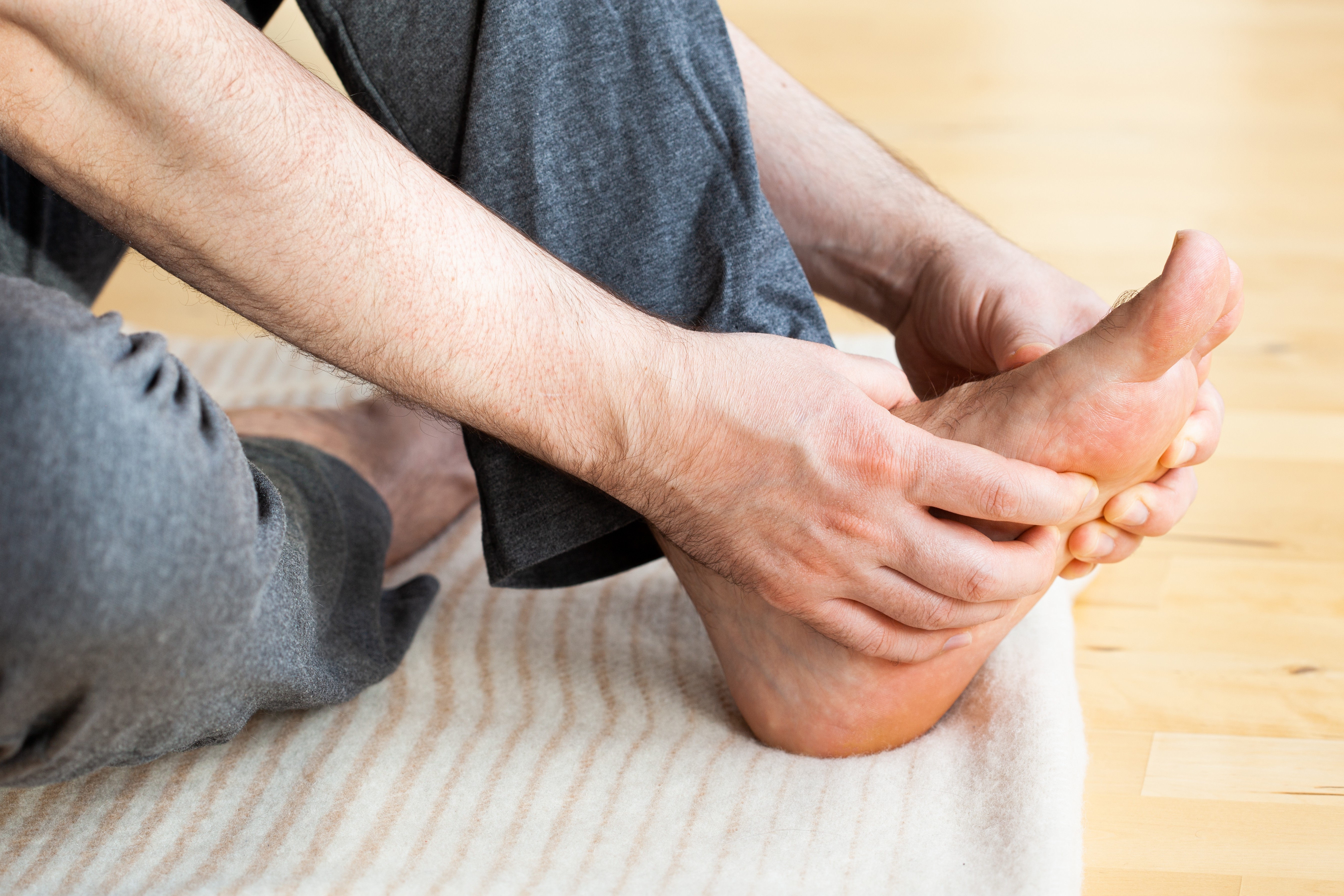
At Perform Podiatry, we specialise in conservative, evidence-based treatments that are safe, effective, and suitable for patients of all ages. One of the most successful options we offer is high-strength salicylic acid therapy.
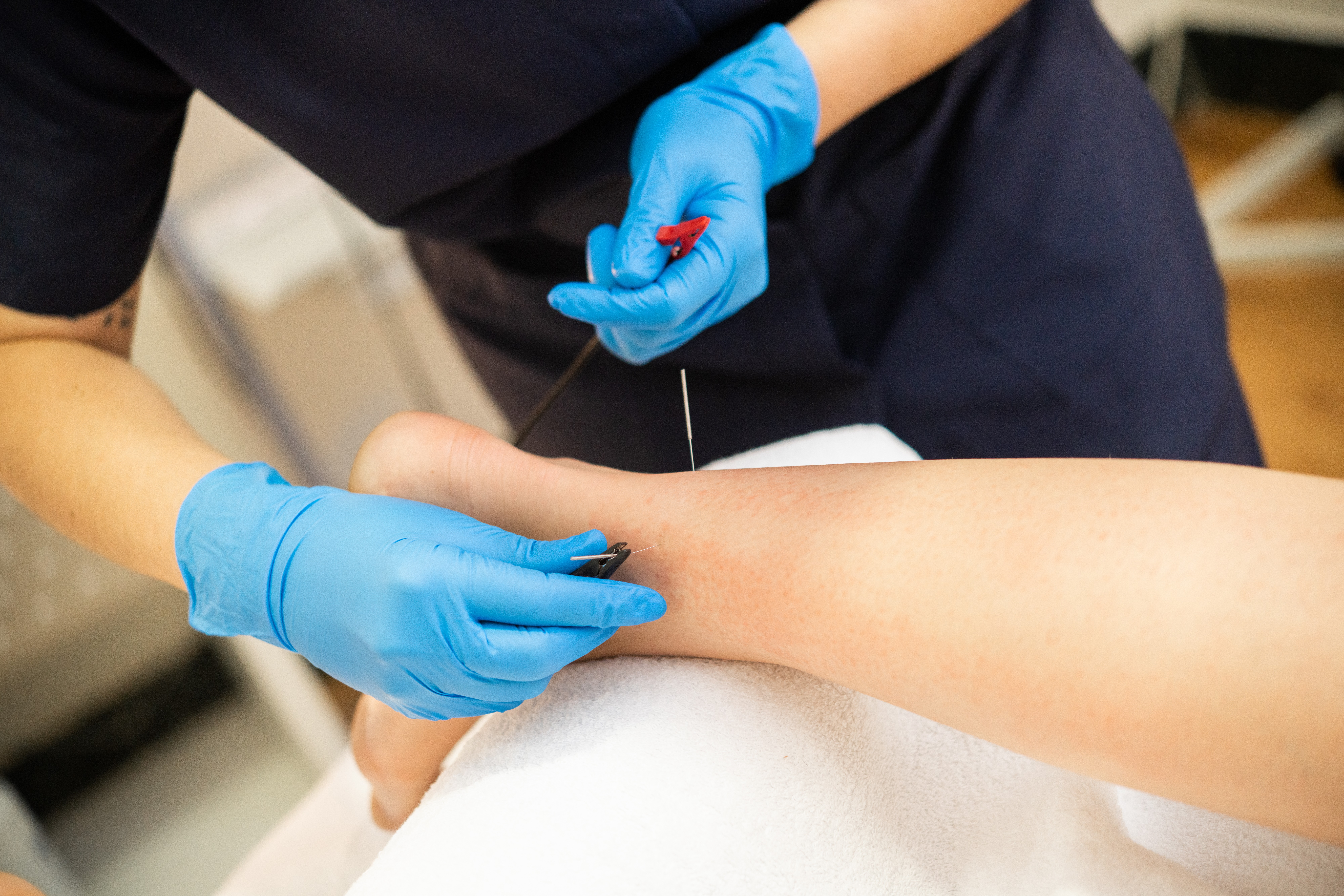
When most people think of podiatry, they picture orthotics, skin/nail care, or sports injury treatment. But podiatry isn’t just about what’s
happening mechanically in your feet, it’s also about supporting the body’s natural healing processes.
One treatment that’s gaining popularity in podiatric care is acupuncture — a technique with ancient roots and modern
scientific backing.
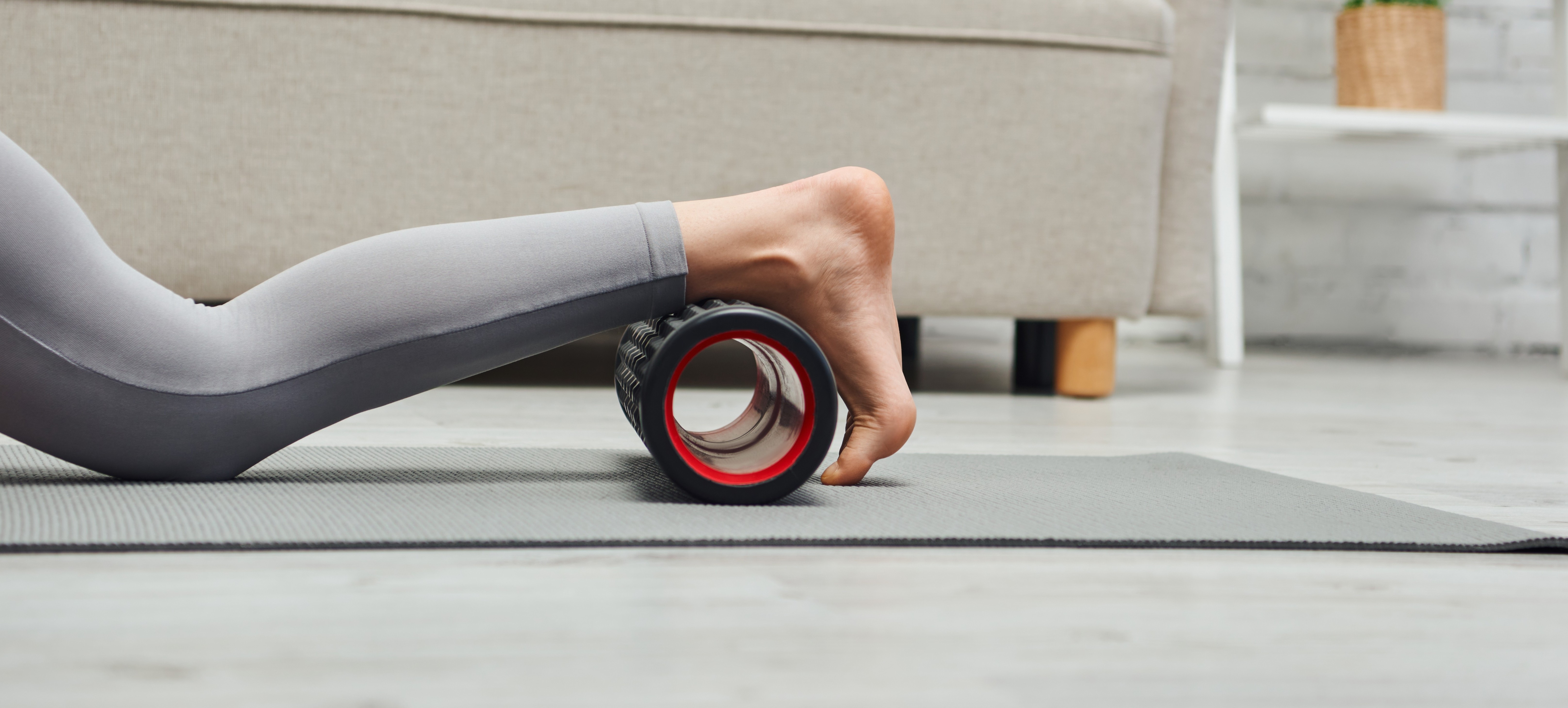
Even a few minutes of foam rolling per day can make a significant difference in your lower limb health. Focus on the calves, hamstrings, IT
band, and plantar fascia. Combine with stretching and strengthening for best results.
Read this blog to find out more about the benefits of Foam rolling.
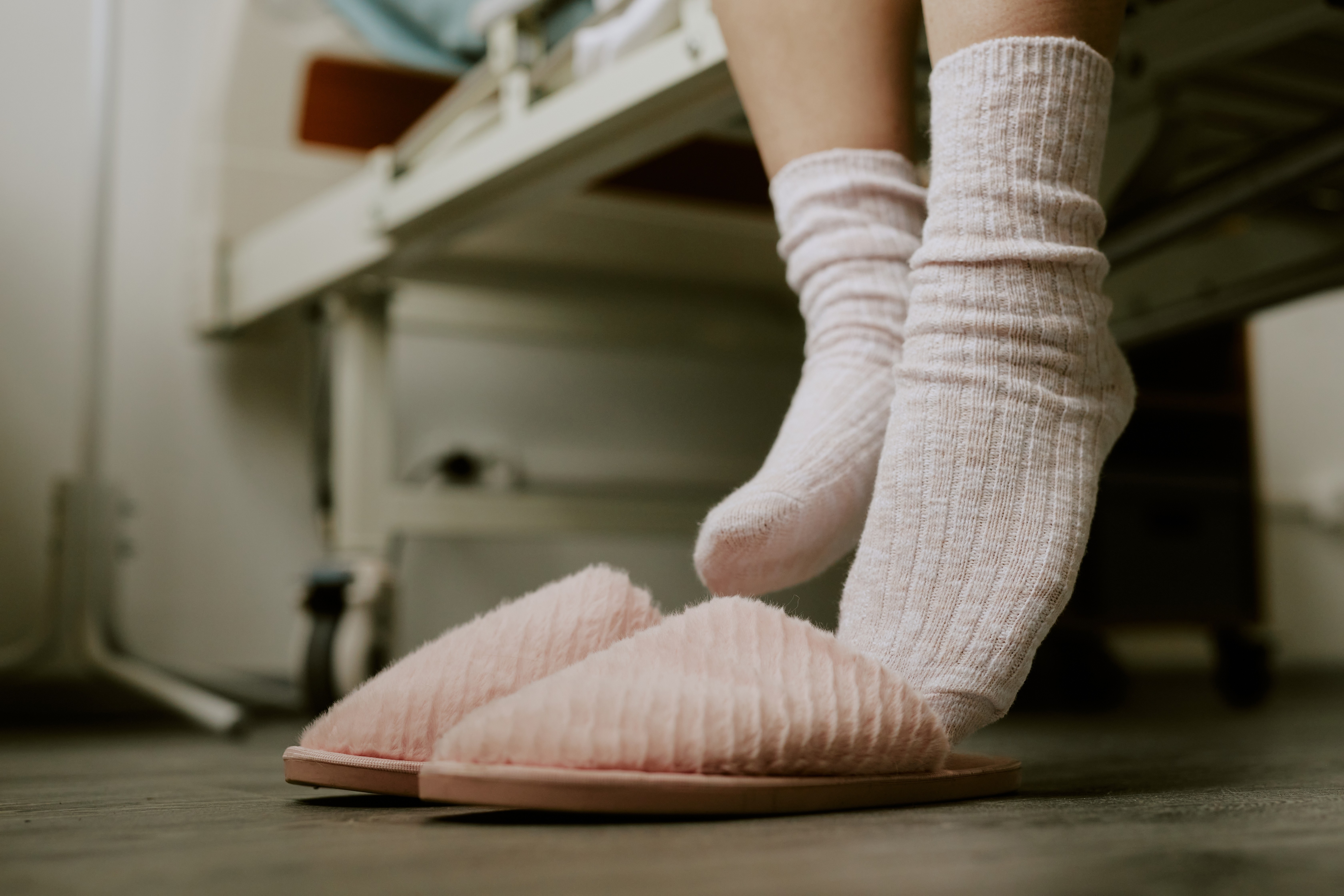
When you think of foot problems, summer usually comes to mind and so does blisters from sandals, sunburns, or barefoot beach walks. But winter can be just as tough on your feet, and in some cases, even more so.
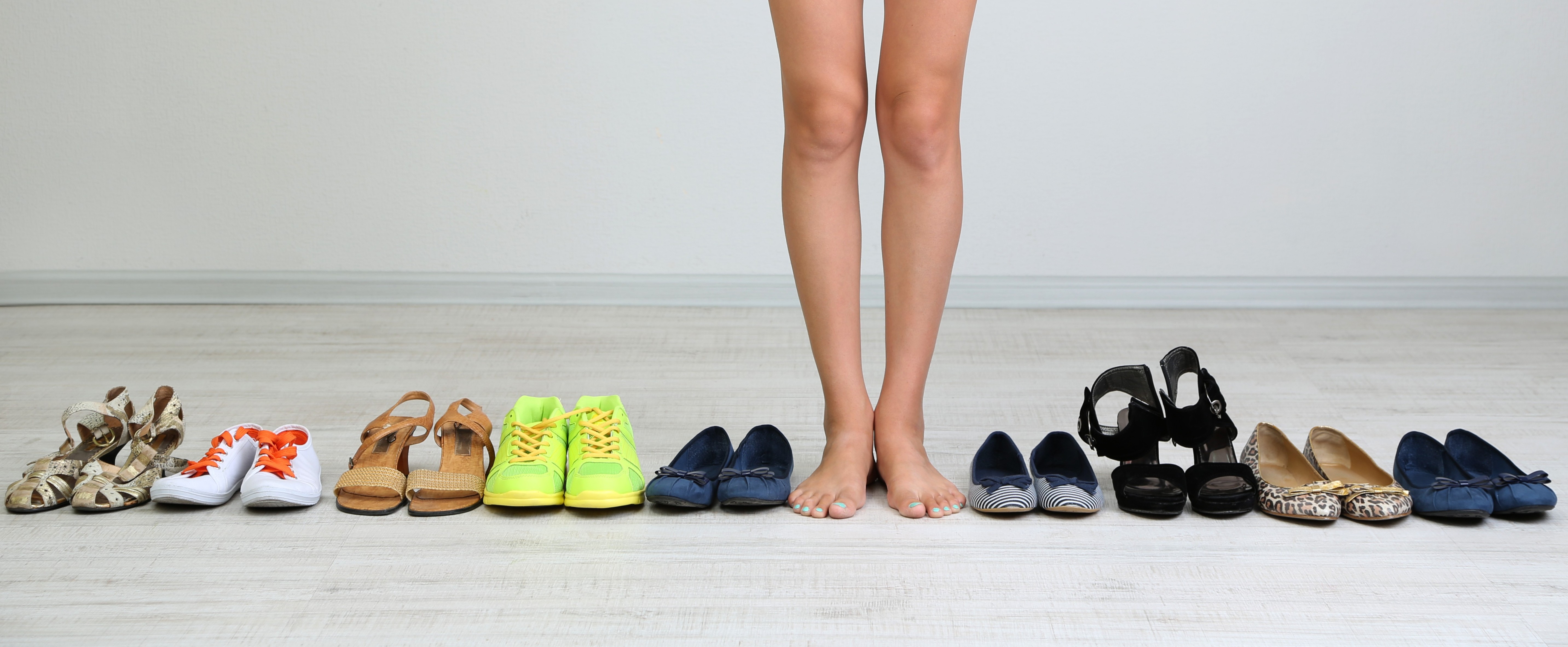
If you’re unsure whether you should wear walking or running shoes when exercising, this article is for you.
We explain the differences between walking and running shoes and how to determine which one is best for your feet. When it comes to buying a new pair of shoes, most people walk into a store expecting to just “find something comfy.” Then, suddenly, you’re asked: Are you looking for
walking shoes or running shoes? And that’s where the confusion begins. Because for many people, the answer isn’t that simple.
You could walk a lot – to work, around the block, chasing after the kids, or while catching up with friends. You could have also just joined
a gym or registered for the Couch to 5km. Or you could be a walker who just wants the option to go for a run if the mood strikes. So, which
shoe do you pick?

Discover why foot health is so important as we age and how Perform Podiatry supports seniors in staying mobile, independent, and pain-free. From diabetic care to personalised treatment plans, we’re here to help keep your feet happy and healthy, every step of the way.

Discover how Class IV Laser Therapy at Perform Podiatry offers powerful, drug-free relief for foot and ankle pain. Backed by science, this advanced treatment helps you heal faster and move better, without the need for surgery or medication.
.png)
Since introducing shockwave therapy, we’ve helped many of our patients avoid surgery for certain conditions. Here's what you
need to know about shockwave treatment and how it works.
.png)
This Mother’s Day, consider a practical, medically safe, and confidence-boosting gift: a professional KeryFlex nail restoration treatment. It’s a simple, effective, and medically safe way to instantly transform the appearance of toenails.
Keeping your family on their feet and helping them to walk, run, play and exceed their goals is why we love getting up in the morning.
Ground Floor, One Health Building
122 Remuera Rd, Remuera
Auckland 1050, New Zealand
| MON - FRI | 7:30am – 6:30pm |
| SAT | 8:30am – 4:30pm |
| SUN | Some availability |
Make an Appointment
Online Schedule
Our virtual receptionist is available 24/7 to help with general questions, booking requests, and clinic information, even when our team is busy, or it's after hours.
Whether you're calling us or using our website, you'll get fast assistance any time of day. And if your query needs a personal touch, a member of our team will follow up as soon as possible.